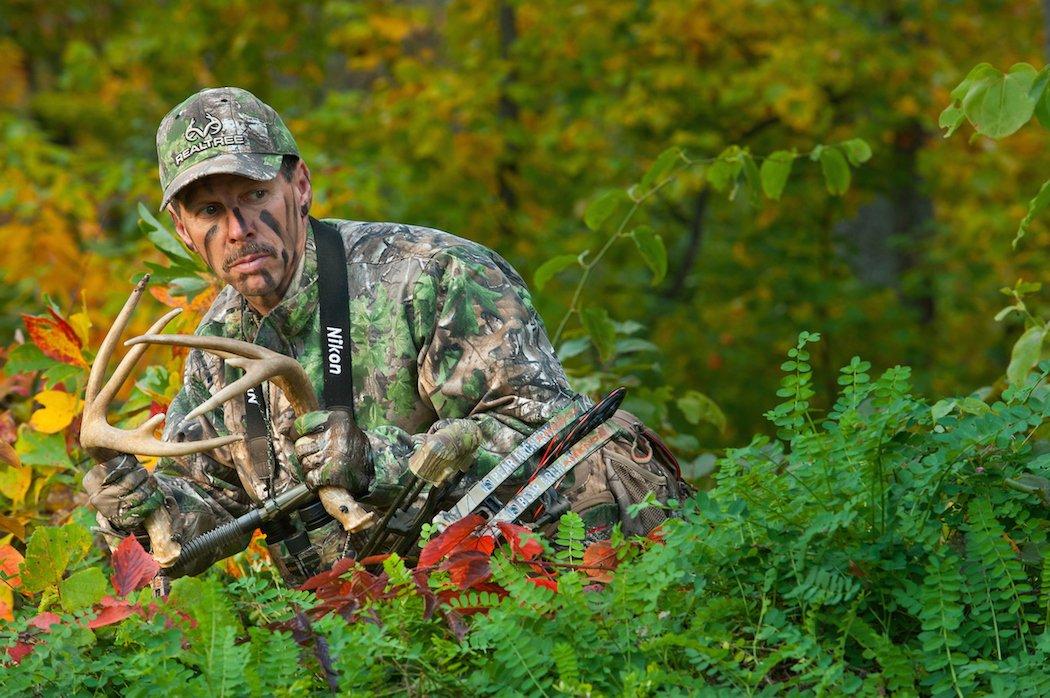Do You Deer Hunt in the South?
The rut is a magical time to be in the woods. Bucks are running around like teenage boys. Deer activity is rising. Tags are being filled. North or South, it's a grand time to be a deer hunter.
But what really are the differences between the northern and southern ruts? Here's the five biggest things.
1. The Timing of the Rut
The timing is the most obvious difference between the northern and southern whitetail rut. In the North, most does are bred between November 5-20. Sure, some does are bred outside of that range. And some are bred well outside the traditional peak rut dates. But for the most part, the timing is pretty much the same (plus or minus a day or two) each year.
Don't Miss: 8 Rut Hunting Tips from the Pros
2. The Intensity of the Rut
When you have a shorter rut (as found in the North), it's more defined. In the South, that's not nearly the case. In parts of Florida, deer begin entering estrus as early as July. Slide over to parts of Mississippi and Louisiana and some deer don't breed until February. Beyond that, throughout the South, there are often large rut windows even within specific populations of deer.
3. The Length of the Rut
In the North, does must be bred within a certain time window to ensure fawn survival. The fawn drop must synchronize and occur during the small spring window that provides the best opportunity for survival. But more on this in a moment.
Don't Miss: Quiz: How Well Do You Know The Rut?
4. The Timing of the Fawn Drop
This must happen for several reasons. First, if fawns are born too soon during the colder winter months, they die. Secondly, if they're born too late in the year and they don't have time to reach a certain age and weight, they die. Thirdly, a synchronized fawn drop means less of them will be preyed on by predators which leads to higher recruitment rates. But of these three, historically speaking, the latter hasn't been as important as the first two reasons. Therefore, you have a much longer rut and larger fawning window in the South due to more temperate climates.
5. The Amount of Daylight Activity
I've hunting in both the North and the South. And I don't have any data to prove this, but overall I feel deer (and especially pressured deer) move less during daylight than deer in the North. Again, I've not completed a study. So this is mere opinion. But I believe it to be true.
All things considered, the rut is still the rut wherever you are, though. Bucks still chase does. Some days are filled with crazy rut activity. Other days are slower than a day at the DMV.
But each day spent in the woods is a great one.
Don't Miss: Realtree.com's Rut Report
Are you a deer hunter wanting to learn how to accomplish your goals? Check out our stories, videos and hard-hitting how-to's on deer hunting.







